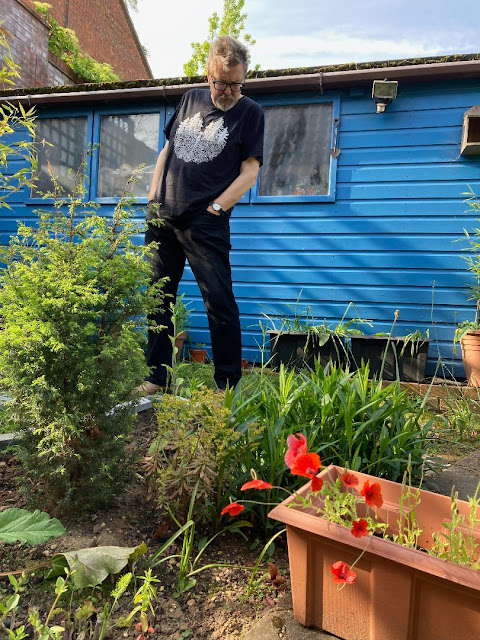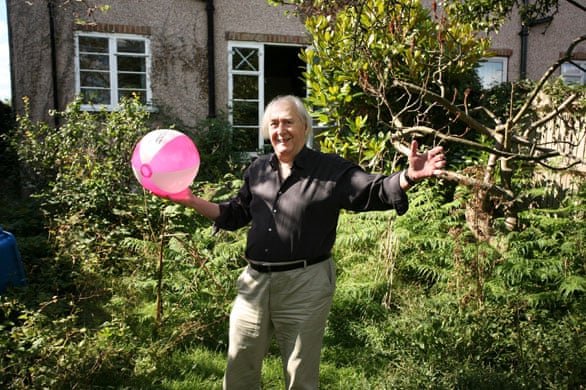I do love a good concordance.
In Mike Bonsall’s majestic concordance of JG Ballard you’ll discover that the sage of Shepperton used the word walk and its derivatives well over 500 times in his fiction. I’m somehow glad to know that.
 |
| Photo by Fay Godwin |
Examples:
I was walking down Shepperton High Street on my way to the shops
The psychiatrist was walking towards the pool with a dry towel.
Do you mind walking me back to the elevator? It must sound rather paranoid
I actually saw a unicorn walking on the water, its hooves shod in gold.
And so on.
https://bonsall-books.co.uk/concordance/index.htm
And now I discover a website called The Flickering Lexicon, which has a concordance of Fall lyrics, mostly by Mark E Smith I assume. Did he let anybody else get a word in?
The scores are as follows
walk - 60
walked - 11
walks - 40
walking -48
there’s one walkin, one walkmans, and one walkman’d
I do like ‘walkman’d’ – I’m not sure I’ve ever seen it anywhere else.
Examples:
I was walking down the street when I tripped up on a discarded banana skin
Watch out for the lorries as you walk in the gate
| ||
|
They are walking with M&S bags, doing the jingle bell
Hands up Billy you're walking in a crutch, yeah
 |
| Photographer unknown, at least to me. |
https://dannyno.org.uk/fall/w.htm
*
I’m not sure that either Ballard or Smith were great walkers but so what? The words are there, in the texts, in the literature. That’s where it really matters.
JGB photo – Fay Godwin
Photographer unknown, at least to me.
Of course it’s not every author who merits a concordance (no, I’m not bitter, and yes I suppose you probably have to be dead) and even when they exist they may be done by individual titles rather than complete works, so I can’t give you the complete countdown for the whole of Virginia Woolf, but thanks to victorian-studies.net I can for Mrs Dallowayoften regarded as the crème de la crème of flaneuse fiction. It has just 12 uses of walk, but 25 walking, 25 walked, 1 walks.
Example:
Yes, he remembered Regent's Park; the long straight walk; the little house where one bought air-balls to the left.
I don’t really know what an air-ball is. Could it be this kind of thing?












































